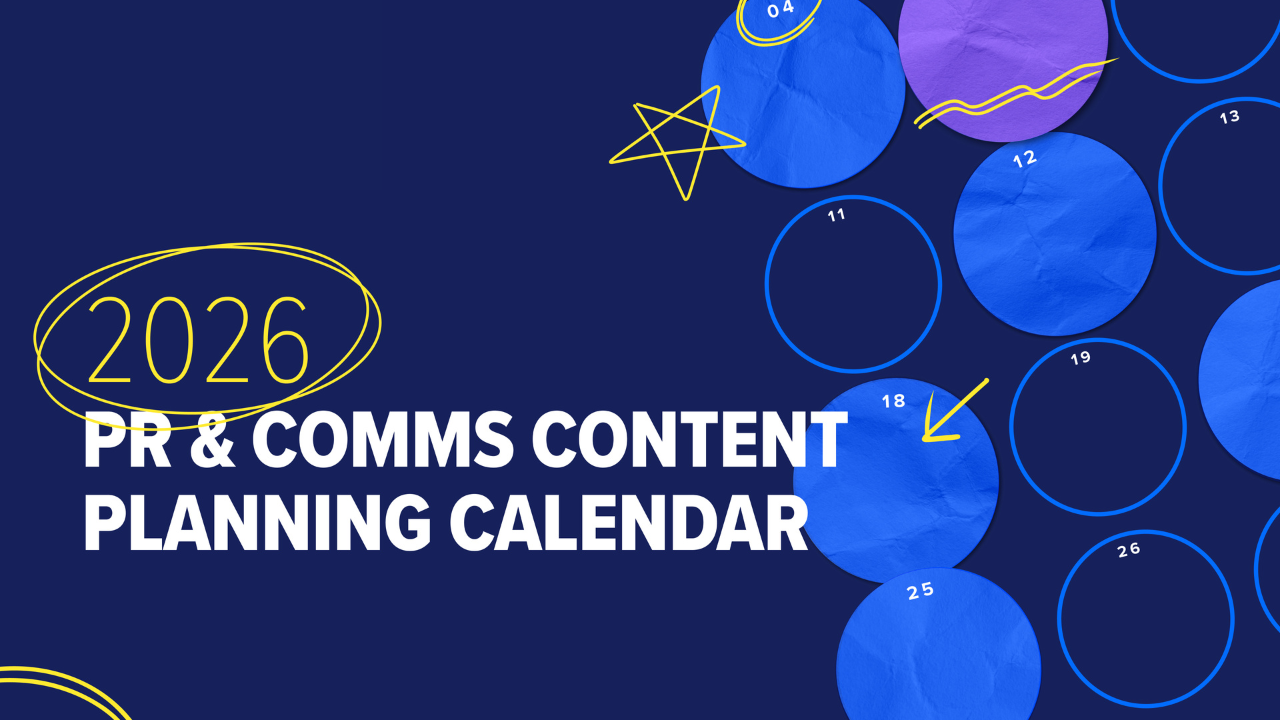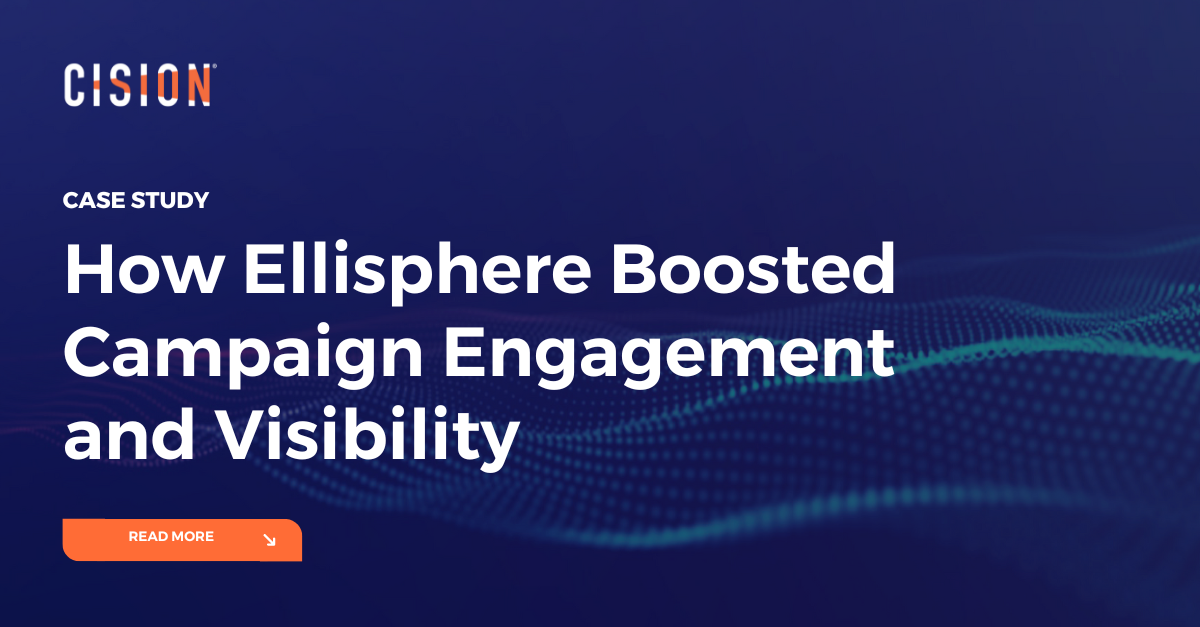Comms professionals used to have an advantage when it came to finding their audience. All we had to do was refer to our audiences' media consumption to learn about them.
We knew where to look. In 2007, there were 191 programmes on TV that were capable of drawing an audience of over 10 million. In 2000, The Sun spoke to 3.5 million daily readers, the Daily Mirror to 2.2 million.
Today, that landscape looks very different.

Fewer households in the UK buy newspapers, and expenditure on print fell from £4.45 billion to under £2.8 billion in 2020. By 2017, there were 64 programmes capable of drawing a 10m+ audience. Tabloid circulations have fallen to 1.2m for The Sun and 451,000 for the Daily Mirror (2020 figures).
The good news for us is that these audiences haven’t vanished. But they have been taken out of their neat, well-defined setups. Consumers don't scour through "their" newspaper while sipping coffee at their tables anymore; instead, they lap up information via different channels.
The media landscape of old – and the media landscape that has been ingrained in the minds of many of us – was like a building, with each publication or media outlet representing a single room.
Before, audiences tended to stick to their room; Guardian readers in one, Mirror readers in another, Financial Times readers in the next. And with a megaphone, we could address them collectively provided we knew where to look – and if there was a reasonable overlap between their audience and ours.
But now, they’re spread all over the building. Our megaphones aren’t as effective if we keep doing things the old way – and yet, that's what many seasoned comms professionals are doing.
We no longer have a clear, easy, and direct route to connect with our audience as we did before. So how can we chart and navigate these new territories?
According to BBPG, we’re witnessing “the disintegration of consumer audiences into smaller clusters”. Today’s consumers are not assembling around the 6pm news bulletin or prime time soap opera. But they are self-segmenting instead into on-demand news and media options.
So, many are using social platforms to absorb information published by traditional outlets. While the endpoint still remains the same, audiences' access points have shifted.
In fact, the average user bounces between seven social media platforms a month:
- 31% of Americans now get their news via Facebook
- 41% of UK adults get their news via social media
- Traditional TV broadcasters’ share of consumer viewing has dropped below 50% in the UK.
This is audience fragmentation in action. It’s a challenge for comms teams who have been guilty of taking our access to consumers for granted.
Once loyal, consistent audiences are now opting into the news on a click-by-click basis. It's becoming harder for us to see who we're talking to, measure the reaction, and plan for the future.
To some, this may spell the end of an effective audience analysis. It's definitely getting difficult to reach consumers when they're strewn across many platforms. But how true is this perception?
How has audience fragmentation influenced targeting?
The mechanics of audience engagement haven’t changed. We still sell content to consumers and eyeballs to advertisers. We can still control who we attract and may even be getting bigger numbers than before.
But we also need to remember that the user has full autonomy at their fingertips. This makes it easier for them to switch between devices and platforms in a matter of minutes. Also, sub-clusters and segments of users are emerging at a rapid pace.
Unfortunately, the issue runs even deeper than that.
Segmentation isn't new to marketing and comms strategies. It has always been a key aspect of them. What has changed though is how brands are finding these segments.
Audiences are more dispersed now than ever before. They also shift between platforms far more than before. This gives us an unclear, disjointed view of their audience. With both missing and ever-changing pieces of the puzzle, it's very difficult to get a clear picture.
Is knowing where your audience lives enough?
The truth of the matter is pretty straightforward: placement only tells some of the story. A user's presence on a particular platform hardly reflects anything of value anymore. After all, "where" doesn't equate to "who" as it did before.
Moving from the "where" to the "who" comes with its own set of hurdles. For brands, it's all about cutting through the clutter and reaching out to the right crowds.
In the present landscape, we often find ourselves at sea. We feel stranded amidst endless waves of likes, shares, comments, news pieces, opinion polls, and much, much more. What makes matters worse is that we have no maps guiding us to our desired destination. And without arriving at our destination, it's impossible for us to learn anything about its inhabitants.
So how can we resolve this? It all comes down to leveraging the right analysis and measurement tools.
How does a fragmented audience impact measurement?
Consumers might be bingeing with abandon. But they might also be gorging on selective content within their own online enclaves. That makes it challenging for brands to target campaigns, and measure their performance.
Marketing strategies must take into account the various channels and audiences across them. Yet, this is easier said than done.
Much of the data in the current landscape lives within siloed environments. Platforms like Facebook and Google are often referred to as "walled gardens". This is because they control access to their data.
This means excellent targeting within these individual channels themselves. But they pose obstacles when we craft omnichannel campaigns with fragmented audiences.
What should brands do next?
Audiences are not as isolated and polarised as we may think. Let's look at a study by the Journal of Communication that examined 236 media outlets. Network analysis by this study found high levels of audience duplication across channels.
So how should brands respond?
Without a doubt, there has been a dramatic shift in the way audiences consume content. More diversity in audiences' preferences and platforms demands more detailed metrics.
This effectively opens up brand new avenues for us to explore. It presents us with opportunities to leverage a whole host of data points to track and measure audience behaviour to target and customise campaigns in a more streamlined manner.
While metrics such as gender and age group are undoubtedly important, these serve only as starting points. The trick lies in digging deeper than that. We should start looking more at audiences' behaviours, interests, and preferences. This means tapping into the events that bring audiences into a coherent whole to get a more nuanced idea of who they are.
With the need to target audiences comes a new challenge. Brands need to be tracking more relevant metrics. We need to learn about the anatomy of a modern audience. Through this, we can identify data points that matter and craft more robust strategies.
Find out more about unlocking out-of-reach audiences in a fragmented market with Cision Insights. Speak to one of our consultants today.
Most Recent Posts
Cision Resources
-
E-books and Guides
Comprehensive how-to guides on strategy and tactics
-
Case Studies
What are other brands doing – and how can we learn from them?
Learn More. Do More. demo new
PR Tips, Case Studies, and Product Updates

[On-Demand Webinar] The Next Generation of Media Intelligence: From Gorkana to CisionOne
Explore CisionOne, a revolutionary media intelligence platform, and the evolution of Gorkana. Learn key features and strategies from Luke Williams, CisionOne Product Marketing Manager. Elevate your media outreach to new heights!

